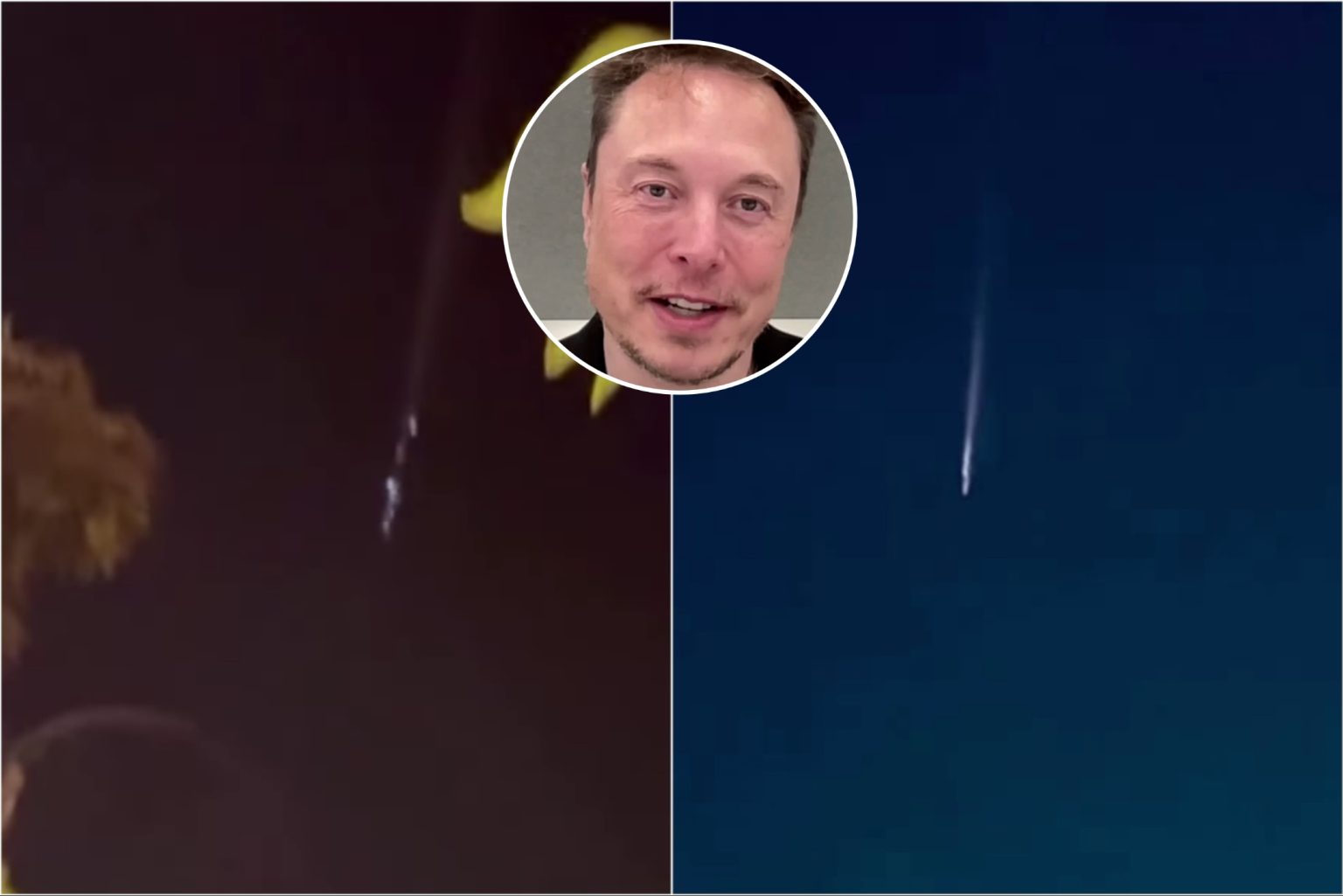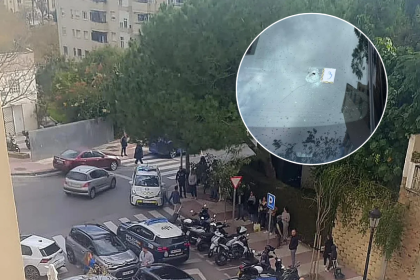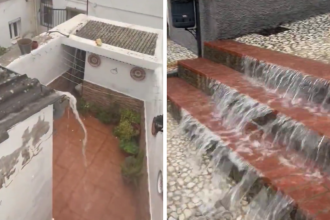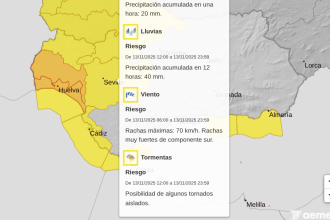
Fireball over Andalucia was satellite from Elon Musk’s Space X, claims expert
While experts initially suggested it was debris from a Chinese rocket, new research has ruled that theory out.
The fireball that hundreds of people recorded in the skies above Spain on Sunday night is still making headlines.
While experts initially suggested
Laurence Dollimore has been covering news in Spain for almost a decade. The London-born expat is NCTJ-trained and has a Gold Star Diploma in Multimedia Journalism from the prestigious News Associates. Laurence has reported from Spain for some of the UK's biggest titles, including MailOnline, The Telegraph, Daily Mail, Mail on Sunday, The Sun and the Sun Online. He also has a Master's Degree in International Relations from Queen Mary University London.
Leave a Comment







